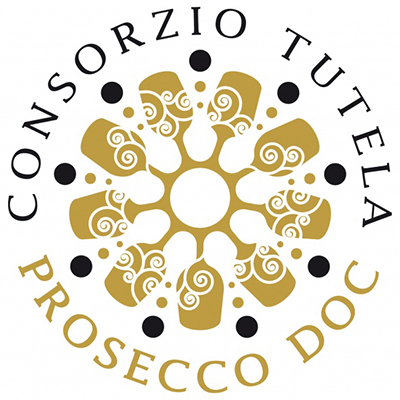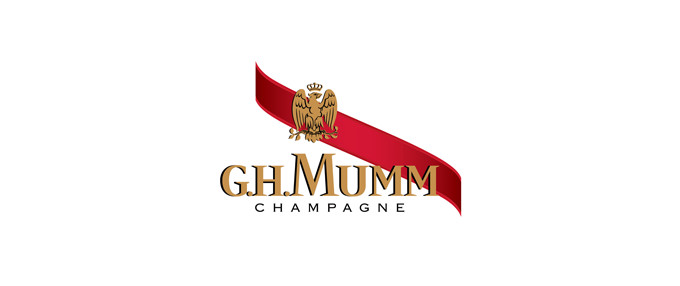The Consortium Announced 18% Export Growth in 2013 at 155 Million Bottles Worldwide
 The Prosecco DOC Consortium (Consorzio di tutela della DOC Prosecco) – the institution charged with protecting, upholding and promoting the standards of Prosecco produced in the Veneto region of Italy since its DOC acquisition in 2009—announced 18% export growth in 2013 at 155 million bottles worldwide. Its largest markets are United States, Germany and United Kingdom.
The Prosecco DOC Consortium (Consorzio di tutela della DOC Prosecco) – the institution charged with protecting, upholding and promoting the standards of Prosecco produced in the Veneto region of Italy since its DOC acquisition in 2009—announced 18% export growth in 2013 at 155 million bottles worldwide. Its largest markets are United States, Germany and United Kingdom.
In the United States, four bottles out of 10 have the Prosecco DOC label—a 24% growth from 2012, equal to 16% of the total Consortium exports. Overall, Prosecco was the top-selling sparkling wine in the US last year, establishing its position as the market’s go-to celebratory bubbly.
The DOC label represents 30% of the total Prosecco market, “a great achievement in the sparkling wine category,” said Stefano Zanette, president and chairman of the Consortium. “These numbers are the result of a number of factors, such as the partners’ strong commitment, their ability to produce quality wine and penetrate global markets. The results are also linked to all the activities the Consortium has sponsored, especially those aimed at promoting and safeguarding the Prosecco DOC name.”
About The Prosecco DOC Consortium:
Prosecco was granted the Controlled Designation of Origin status on July 17th, 2009, and the Consortium was created on November 19th of the same year to coordinate and manage the Prosecco DOC. The organization unites the different groups of manufacturers—wineries, individual and associated vine-growers, still wine and sparkling wine producers—to ensure the designation continues to grow and that the production regulations are complied with.
About Prosecco DOC:
Prosecco DOC wines come in Spumante (sparkling), Frizzante (semi-sparkling) and Tranquillo (still) varieties. The wines are made from mainly the Glera grape, native to North East Italy for thousands of years, and can be combined with a maximum of 15% of the following grapes: Verdiso, Bianchetta Trevigiana, Perera, Glera lunga, Chardonnay, Pinot Bianco, Pinot Grigio and Pinot Nero. Prosecco Frizzante and Spumante varieties get their famous bubbles using the Secondary Fermentation production method, bottled under high pressure after fermentation in bulk tanks called autoclaves, as opposed to the traditional method, which bypasses the autoclaves and is used for other sparkling wine varieties. The end result is a brilliant straw yellow wine with fine, persistent perlage and aromas of white flowers, apple and pear. It is fresh and elegant on the palate with moderate alcoholic strength. For a full list of Prosecco DOC producers, visit www.discoverproseccowine.it.







